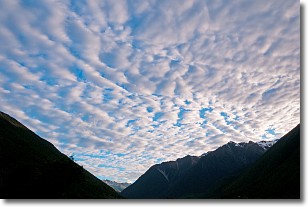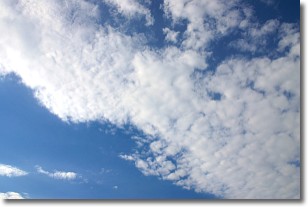Weather Alert in Arizona
Flash Flood Warning issued September 4 at 12:09PM MST until September 4 at 6:15PM MST by NWS Flagstaff AZ
AREAS AFFECTED: Coconino, AZ
DESCRIPTION: FFWFGZ The National Weather Service in Flagstaff has issued a * Flash Flood Warning for... The North Canyon Wash Basin downstream of the Dragon Bravo Fire scar in...Coconino County in north central Arizona...this includes the Colorado River between mile markers 17 and 21. * Until 615 PM MST /715 PM MDT/ Thursday. * At 1209 PM MST /109 PM MDT/, Doppler radar indicated thunderstorms producing heavy rain over the North Canyon Wash Basin downstream of the Dragon Bravo Fire scar. Flash flooding is ongoing or expected to begin shortly. Excessive rainfall over the burn scar will result in debris flow moving through the North Canyon Wash. The debris flow can consist of rock, mud, vegetation and other loose materials. HAZARD...Life threatening flash flooding. Thunderstorms producing flash flooding in and around the North Canyon Wash Basin downstream of the Dragon Bravo Fire scar. SOURCE...Radar indicated. IMPACT...Life threatening flash flooding of areas in and around the North Canyon Wash Basin downstream of the Dragon Bravo Fire scar. * Some locations that will experience flash flooding include... Grand Canyon National Park and Saddle Mountain Wilderness. This includes the Colorado River between mile markers 17 and 21. This includes the following recreation areas and campgrounds... House Rock Camp Site, 18 Mile Wash Camp Site, 18 Mile Ledges Camp Site, Upper North Canyon Camp Site and Lower North Canyon Camp Site. This includes the following creeks, washes and rivers... North Canyon, "18- Mile Wash", "19- Mile Canyon", Colorado River, South Canyon, House Rock Wash, Hanaa Ninadzidzahi and North Canyon Wash.
INSTRUCTION: Flash flooding is occurring or imminent downstream of the Dragon Bravo Fire scar. Severe debris flow are expected across roads and in remote canyon drainages on the Kaibab Plateau east of State Route 67. Campers and hikers should get away from creeks and move to higher ground immediately! Stay away or be swept away!
Want more detail? Get the Complete 7 Day and Night Detailed Forecast!
Current U.S. National Radar--Current
The Current National Weather Radar is shown below with a UTC Time (subtract 5 hours from UTC to get Eastern Time).

National Weather Forecast--Current
The Current National Weather Forecast and National Weather Map are shown below.

National Weather Forecast for Tomorrow
Tomorrow National Weather Forecast and Tomorrow National Weather Map are show below.

North America Water Vapor (Moisture)
This map shows recent moisture content over North America. Bright and colored areas show high moisture (ie, clouds); brown indicates very little moisture present; black indicates no moisture.

Weather Topic: What are Stratus Clouds?
Home - Education - Cloud Types - Stratus Clouds
 Next Topic: Wall Clouds
Next Topic: Wall Clouds
Stratus clouds are similar to altostratus clouds, but form at a
lower altitude and are identified by their fog-like appearance, lacking the
distinguishing features of most clouds.
Stratus clouds are wider than most clouds, and their base has a smooth, uniform
look which is lighter in color than a nimbostratus cloud.
The presence of a stratus cloud indicates the possibility of minor precipitation,
such as drizzle, but heavier precipitation does not typically arrive in the form
of a stratus cloud.
Next Topic: Wall Clouds
Weather Topic: What are Altocumulus Clouds?
Home - Education - Cloud Types - Altocumulus Clouds
 Next Topic: Altostratus Clouds
Next Topic: Altostratus Clouds
Similar to cirrocumulus clouds, altocumulus clouds are
characterized by cloud patches. They are distinguished by larger cloudlets
than cirrocumulus clouds but are still smaller than stratocumulus clouds.
Altocumulus clouds most commonly form in middle altitudes (between 2 and 5 km)
and may resemble, at times, the shape of a flying saucer.
These uncommon formations, called altocumulus lenticularis, are created by uplift
in the atmosphere and are most often seen in close proximity to mountains.
Next Topic: Altostratus Clouds
Current conditions powered by WeatherAPI.com




